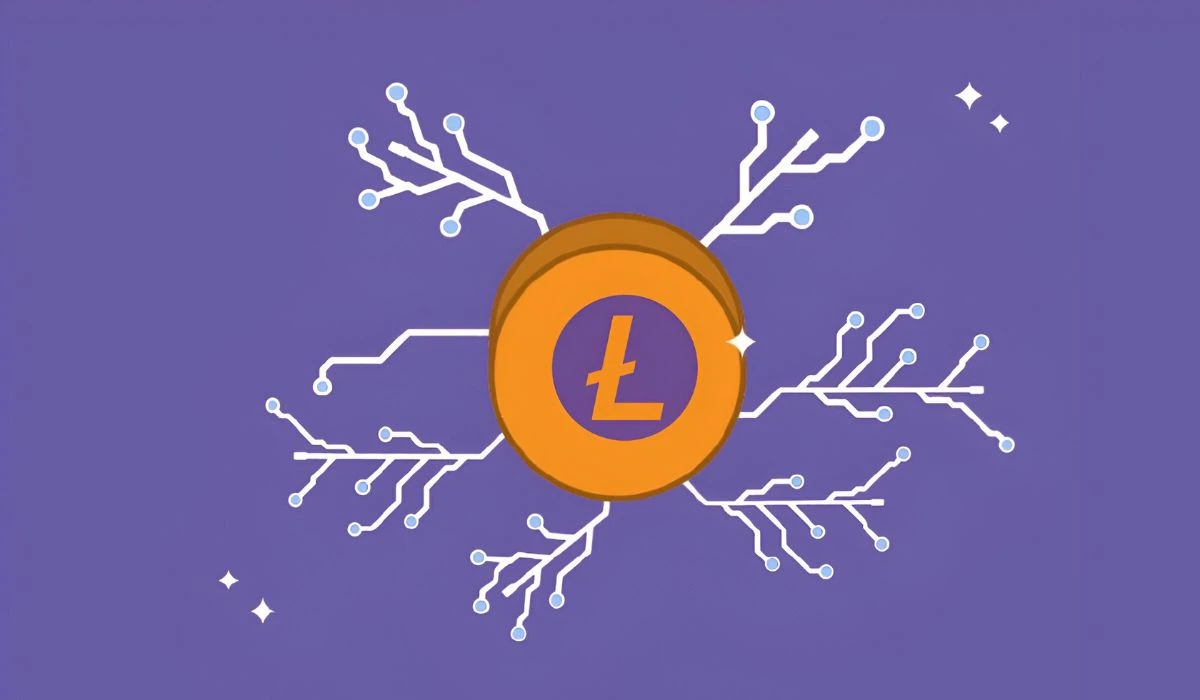Taproot was officially introduced on the Litecoin network on January 27, 2023, at block height 2,257,920. This upgrade is undeniably the most significant development for the blockchain since it implemented Segregated Witness (SegWit) in 2017. Taproot aims to enhance Litecoin’s privacy, efficiency, and smart contract capabilities.
Let’s take a deeper look at Taproot and learn how it has influenced Litecoin transactions.
What Is Taproot?
Taproot is a soft fork enhancement to the Litecoin protocol that aims to improve the privacy features and efficiency of the blockchain. It was activated in January 2023 following a two-week lock-in period that concluded at the block height of 2,249,856 after reaching a consensus among 90% of the miners.
Just like Segregated Witness (SegWit) before it, Taproot is focused on improving Litecoin’s network efficiency, reducing costs for complex transactions, introducing new smart contract capabilities for developers, enhancing user privacy, and facilitating less energy-intrusive upgrades in the future.

Taproot is not a Litecoin-native upgrade as it was first implemented on the Bitcoin blockchain. The concept, proposed in 2018, was realized by developers Greg Maxwell, Pieter Wuille, Tim Ruffing, A.J. Townes, and Jonas Nick. Taproot encompasses three Bitcoin Improvement Proposals (BIPs): BIP340 (Schnorr Signatures), BIP341 (Taproot), and BIP342 (Transcript).
Although Litecoin opted for the Elliptic Curve Digital Signature Algorithm (ECDSA) instead of Schnorr Signatures, it remains to be seen whether the blockchain will adopt the technology in the future.
Functions Of Taproot
Prior to Taproot, the standard procedure for verifying transactions on Litecoin and Bitcoin was by individually validating a digital signature associated with the transaction against a public key. Whereas, Taproot allows multiple and complex signatures to be aggregated and verified together, allowing the blockchain to process more transactions at a much faster and cheaper rate, thereby maximizing the space saved on a block.
Another advantage of Taproot is its potential for powering smart contracts on the Bitcoin and Litecoin networks. Smart contracts eliminate intermediaries from transactions, which unlocks both chains to decentralized finance (DeFi) applications.
Taproot also enhances privacy as there is no longer a distinction between multi-signature and single-signature transactions. This makes it harder to identify the transactions made by each participant and where the data is stored on the network. This privacy is achieved by allowing Bitcoin and Litecoin to host smart contracts without fearing multiple signatories and their complex transactions choking the blockchain.
Taproot solves both the networks’ scalability issues by hosting smart contracts on the base chain. Furthermore, smart contracts open a myriad of new opportunities on Litecoin and Bitcoin as they provide plenty of potential for real-world applications. DeFi platforms can facilitate the possibility of borrowing or lending money securely on the chains without requiring centralized intermediaries like a bank.
How Does Taproot Affect Users?
Taproot is more of a technical upgrade, so users won’t necessarily notice its effects. It solves most of the scalability issues with Litecoin and Bitcoin, making the blockchains faster and more efficient. This results in lower transaction costs as the size of data involved with complex transactions is reduced, which leaves space for more transactions to be processed per block.
Taproot directly influences the cost-efficiency and functionality of the Lightning Network, making it more flexible for developers who want to build on the protocol by enabling cheaper and private transactions for Litecoin and Bitcoin users. The upgrade further expands the blockchains’ utility, offering opportunities for entrepreneurs looking to invest with a long-term plan. By providing a more stable and efficient infrastructure, Taproot instills more confidence in the fundamentals of LTC and BTC.
Benefits Of Taproot For Litecoin
Here are some of the benefits offered by the Taproot upgrade to Litecoin
1. Enhanced Privacy
Taproot enhances on-chain privacy by making complex transactions indistinguishable from simpler ones. All transactions appear uniform on the network, helping to shield users’ identities and transaction details from the public. This is an added benefit for Litecoin as it makes LTC more closely aligned with other privacy-focused crypto assets.
2. Improved Transaction Efficiency
Taproot allows for signature aggregation, which significantly reduces the data load on Litecoin, resulting in faster transaction processing and lower fees. This is an impressive prospect for LTC as it is often used for smaller transactions, making it an attractive option for everyday use.
3. Smart Contract Functionality
With Taproot, smart contract capabilities are live on Litecoin. This could enable a broader range of decentralized applications (DApps) and DeFi products on the blockchain. Smart contracts also require less space to operate on a blockchain, which complements Litecoin’s SegWit technology.
4. Scalability
Taproot and SegWit work together to reduce the size of signatures to allow more transactions to fit into a single block, increasing Litecoin’s scalability. This is extremely beneficial to the network as it aims to handle higher transaction volumes without compromising performance as retail and institutional adoption of LTC rises.
Final Thoughts
Taproot, primarily associated with Bitcoin, was adopted by Litecoin in 2023. It has significantly improved the blockchain’s capabilities by enhancing transaction processing, increasing speed and scalability, improving privacy, and adopting smart contract functionalities.
The software upgrade was built on top of SegWit and laid the foundations for the development of the MimbleWimble (MWEB) protocol. Together, the three have been key to improving Litecoin’s prospect as a scalable blockchain and a fungible and privacy-oriented cryptocurrency.






